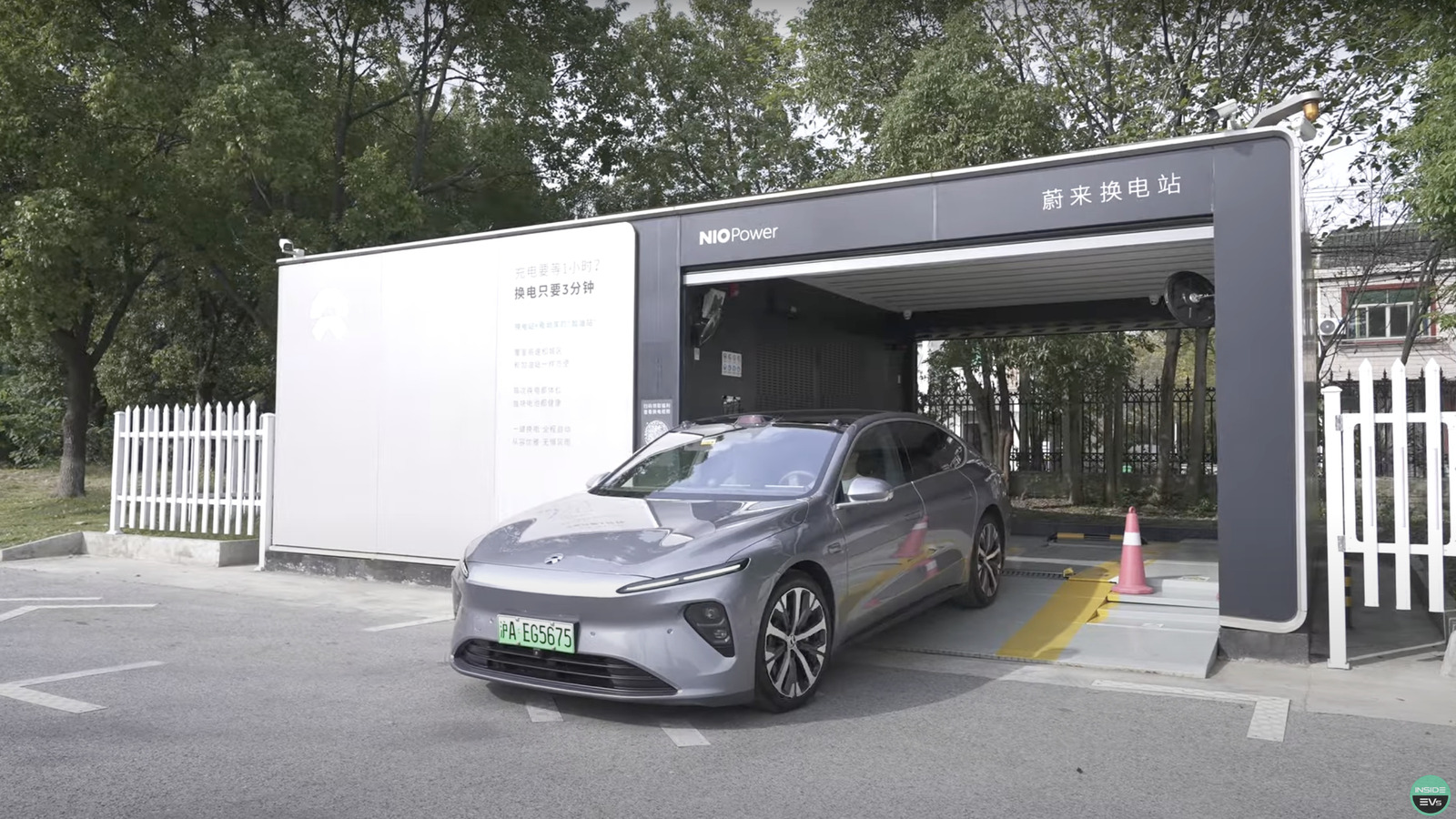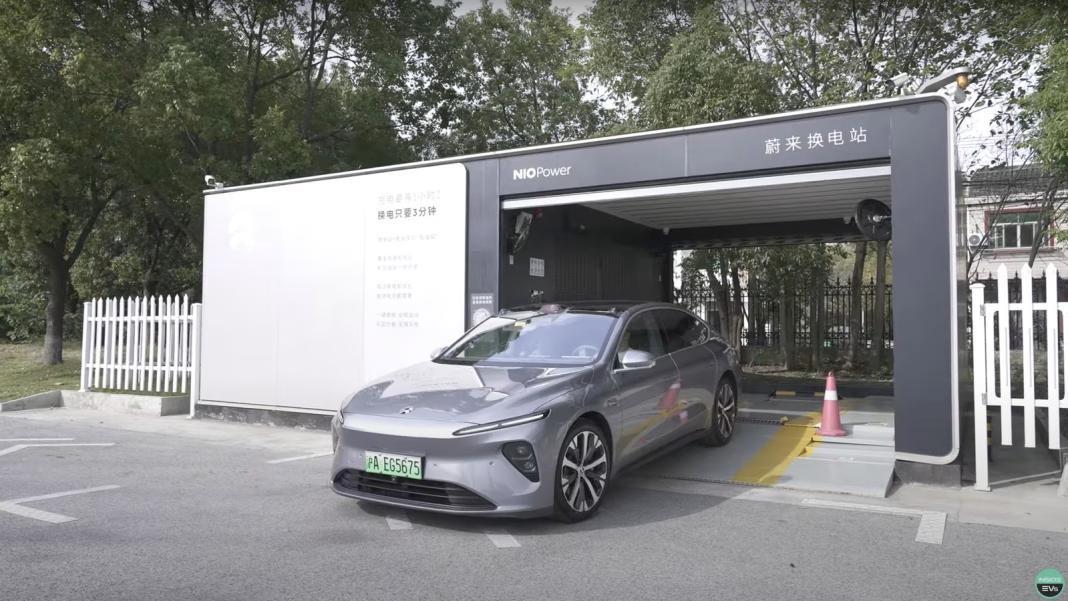The Rise of Chinese Electric Vehicles: A Game Changer for the Global Automotive Industry
The automotive landscape is undergoing a seismic shift, with China emerging as a powerhouse in electric vehicle (EV) innovation. As we compare the best cars that China has to offer with those available in the Western markets, it becomes increasingly evident that the West is lagging behind. This article delves into the reasons behind this disparity, the implications for consumers, and what the future might hold for the automotive industry.
Understanding the Chinese EV Advantage
China has rapidly ascended to the forefront of the electric vehicle market, driven by a combination of government support, technological advancements, and a burgeoning domestic market. According to a report by the International Energy Agency (IEA), China accounted for over 50% of global electric car sales in 2022. This dominance is not merely a result of volume; it reflects a commitment to innovation and sustainability that is reshaping consumer expectations.
One of the key factors contributing to China’s lead is the aggressive investment in research and development. Chinese manufacturers, such as BYD and NIO, are not only producing vehicles that meet the demands of the local market but are also setting new standards for performance, range, and affordability. For instance, BYD’s Han EV boasts a range of over 600 kilometers on a single charge, a feat that many Western manufacturers are still striving to achieve.
Comparative Analysis: Features and Technology
When we examine the features of Chinese EVs versus their Western counterparts, several distinctions emerge. Chinese manufacturers are often quicker to adopt cutting-edge technologies such as advanced battery management systems, autonomous driving capabilities, and integrated smart features. For example, NIO’s vehicles come equipped with a battery-swapping technology that allows drivers to replace depleted batteries in under five minutes, a convenience that is yet to be widely adopted in the West.
Moreover, the pricing strategy employed by Chinese automakers is significantly different. With a focus on affordability, many Chinese EVs offer high-end features at competitive prices. This approach not only attracts budget-conscious consumers but also pressures Western manufacturers to rethink their pricing models. A recent analysis by Bloomberg New Energy Finance highlighted that the average price of a new electric vehicle in China is approximately 30% lower than that in the United States, making EVs more accessible to a broader audience.
Consumer Preferences and Market Dynamics
The shift towards electric vehicles in China is also influenced by changing consumer preferences. Chinese consumers are increasingly prioritizing sustainability and technological integration in their purchasing decisions. This trend is reflected in the growing popularity of smart features, such as in-car connectivity and AI-driven interfaces, which enhance the overall driving experience.
In contrast, many Western consumers remain tethered to traditional automotive values, such as brand loyalty and performance. This cultural difference can hinder the adoption of innovative technologies and may explain why some Western manufacturers are struggling to keep pace with their Chinese counterparts.
The Future of the Automotive Industry: A Call to Action
As the global automotive industry evolves, it is crucial for Western manufacturers to take note of the advancements being made in China. The current landscape presents both challenges and opportunities. To remain competitive, Western automakers must embrace innovation, invest in research and development, and adapt to changing consumer preferences.
Furthermore, collaboration between governments and the automotive industry can foster an environment conducive to growth. Policies that support EV infrastructure, such as charging stations and battery recycling programs, are essential for encouraging widespread adoption.
In conclusion, the rise of Chinese electric vehicles is not just a trend; it signifies a fundamental shift in the automotive industry. As we look to the future, it is imperative for Western manufacturers to learn from their Chinese counterparts, leveraging innovation and consumer insights to create vehicles that meet the demands of an increasingly eco-conscious market. The race towards a sustainable automotive future is on, and the time for action is now.


